The small robin leaves its nest for the first time, facing a world full of unknowns. With no parents to guide it, this young bird must somehow find food, avoid predators, and in many cases, navigate thousands of miles to wintering grounds it has never seen. For centuries, scientists have marveled at how juvenile birds successfully undertake complex migrations without adult guidance. What was once considered simply mysterious is now revealing itself through careful research as an intricate blend of genetic programming, celestial navigation, and environmental awareness. These young navigators teach us about the remarkable balance between innate abilities and adaptive learning that enables them to survive their first solo journeys.
The Innate Navigation Toolbox
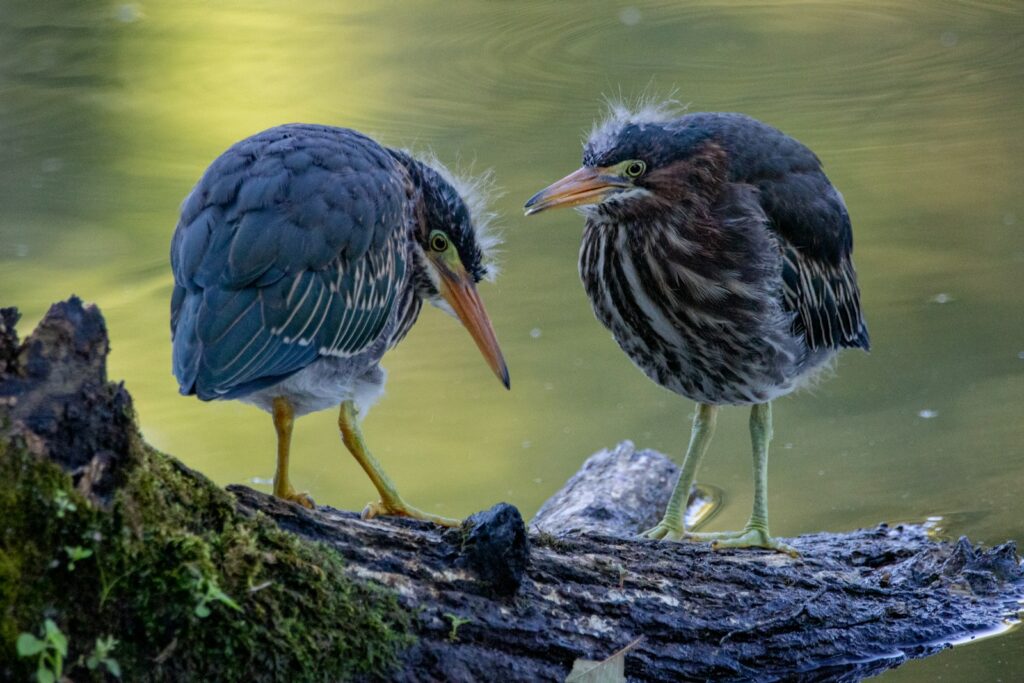
Juvenile birds are born with a sophisticated suite of navigation tools hardwired into their developing brains. Unlike human children who require years of learning to navigate their environment, many birds possess inherited directional preferences and migration timing that activate automatically as they mature. Research with captive birds has demonstrated that even individuals raised in isolation will orient in the appropriate migratory direction and exhibit migratory restlessness (Zugunruhe) at the correct seasonal time. This genetic programming serves as the foundation of their navigation system, providing them with a general compass direction and timing schedule without requiring any parental instruction. The complexity of this innate programming varies between species, with long-distance migrants typically possessing more detailed genetic navigation instructions than short-distance or resident species.
Celestial Navigation Abilities
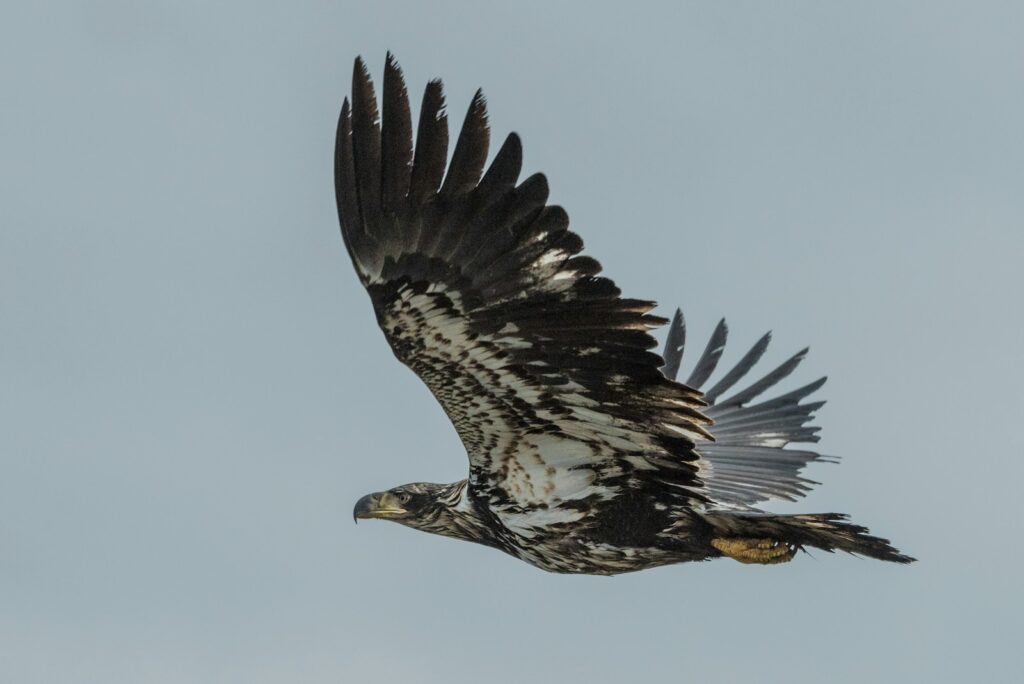
The night sky serves as one of the most important navigation aids for juvenile birds embarking on their first migrations. Young birds possess an innate ability to use the stars as orientation cues, with many species specifically calibrating their internal compass based on the rotation of stars around the North Star (Polaris). Experiments with planetariums have shown that birds raised without seeing the night sky can still orient correctly when exposed to an artificial star pattern for the first time. This celestial navigation system works in conjunction with their ability to detect the Earth’s magnetic field, providing redundant navigation tools that ensure accuracy. During daytime migrations, many juvenile birds transition seamlessly to using the sun’s position as their primary directional guide, automatically compensating for the sun’s movement across the sky throughout the day.
Magnetic Field Detection
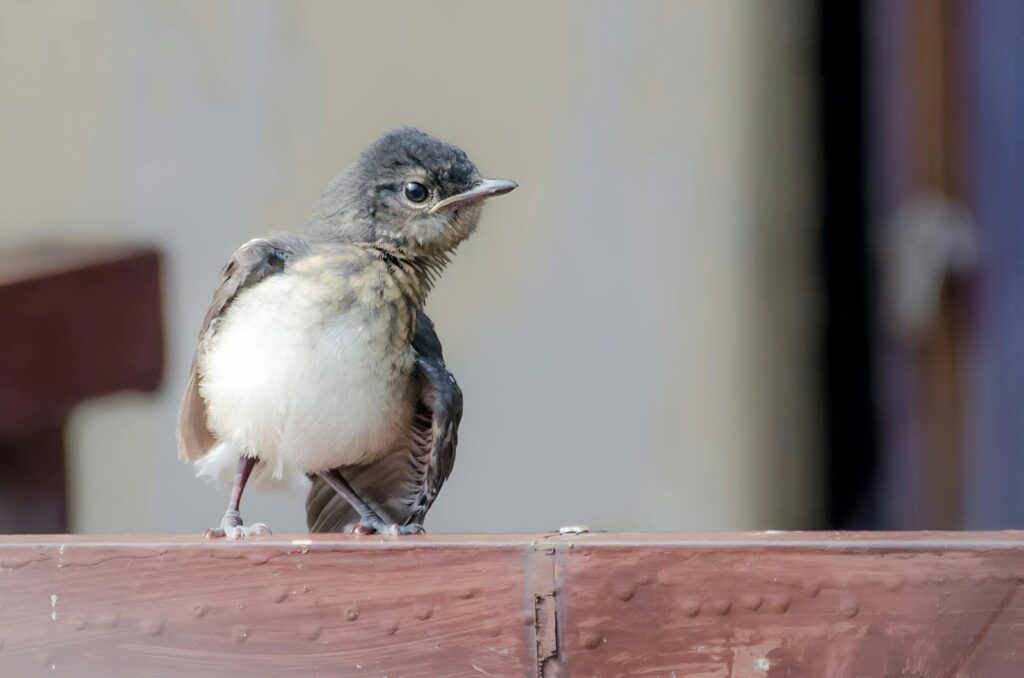
Perhaps the most extraordinary navigation tool in a juvenile bird’s arsenal is its ability to sense Earth’s magnetic field. Young birds possess specialized cells containing magnetite (a naturally magnetic mineral) in their upper beaks and eyes that allow them to literally “see” magnetic field lines. This biological magnetoreception enables them to determine both direction (compass sense) and in some species, their approximate position on the globe (map sense). Recent research indicates that migrating birds can detect subtle variations in the magnetic field’s inclination and intensity, potentially creating a mental map of their migration route. This magnetic sense appears fully functional in juvenile birds with no prior migration experience, allowing them to maintain proper orientation even when flying over featureless oceans or under completely overcast skies where celestial cues are unavailable.
Visual Landmarks and Geographic Features
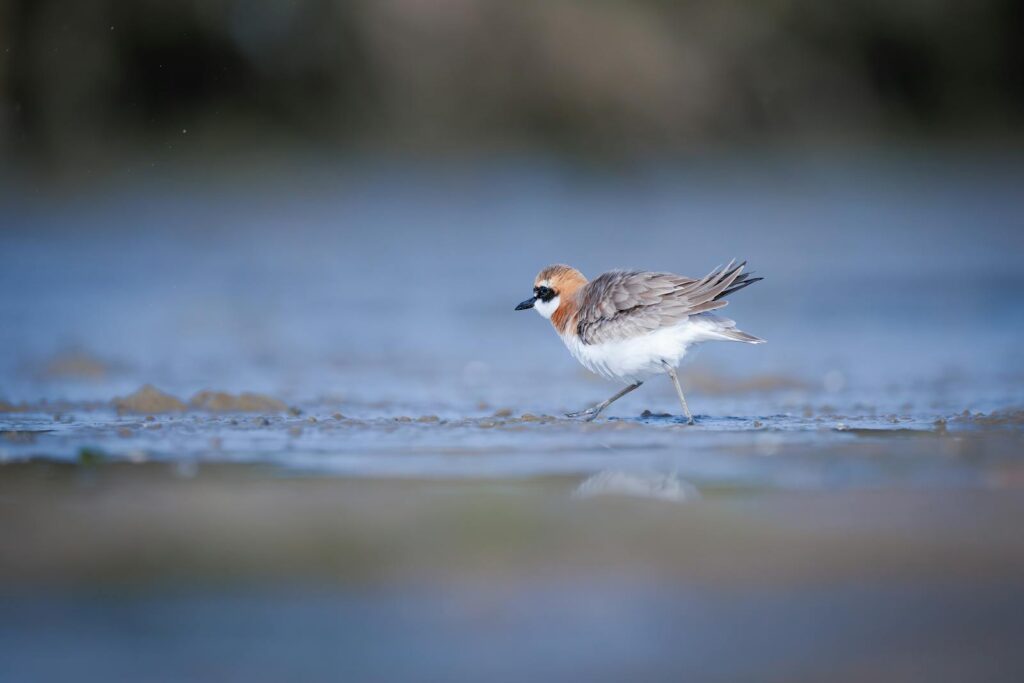
Despite their impressive arsenal of internal navigation tools, juvenile birds still benefit tremendously from visual navigation using landscape features. Research tracking young migrants has shown they often follow coastlines, mountain ranges, rivers, and other prominent geographic features during their first journeys. These natural highways not only provide directional guidance but also typically offer better feeding opportunities and shelter than crossing vast open areas. Experiments with displaced juvenile birds demonstrate they can often reorient themselves after seeing familiar landmarks, suggesting they build mental maps of their surroundings even during their first migration. Some species, particularly those that migrate during daylight hours like hawks and eagles, appear to rely more heavily on visual navigation than their nocturnal counterparts, using thermal updrafts along mountain ridges to conserve energy while maintaining their journey southward.
The Role of Social Learning
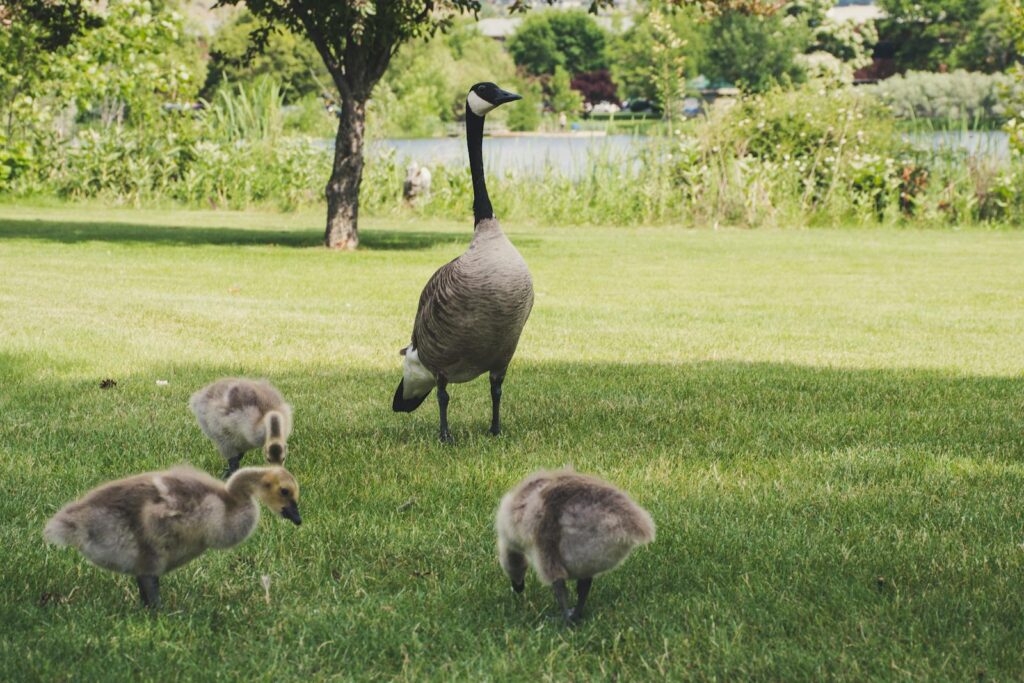
While many juvenile birds migrate independently of adults, social learning still plays an important role in navigation development for numerous species. Young birds often migrate in age-specific flocks, allowing for collective decision-making that improves navigation accuracy and predator detection. Studies tracking juvenile migrants show that birds traveling in groups typically make fewer navigation errors than solo travelers, suggesting that even without adult guidance, they benefit from the wisdom of crowds. In some species, pre-migration flocking behavior allows juveniles to observe and learn from slightly older individuals who may have limited experience from previous shorter movements. This partial social learning creates a gradient of experience within juvenile flocks, potentially allowing for the cultural transmission of route information even in the absence of adults who have completed the full migration.
Olfactory Navigation
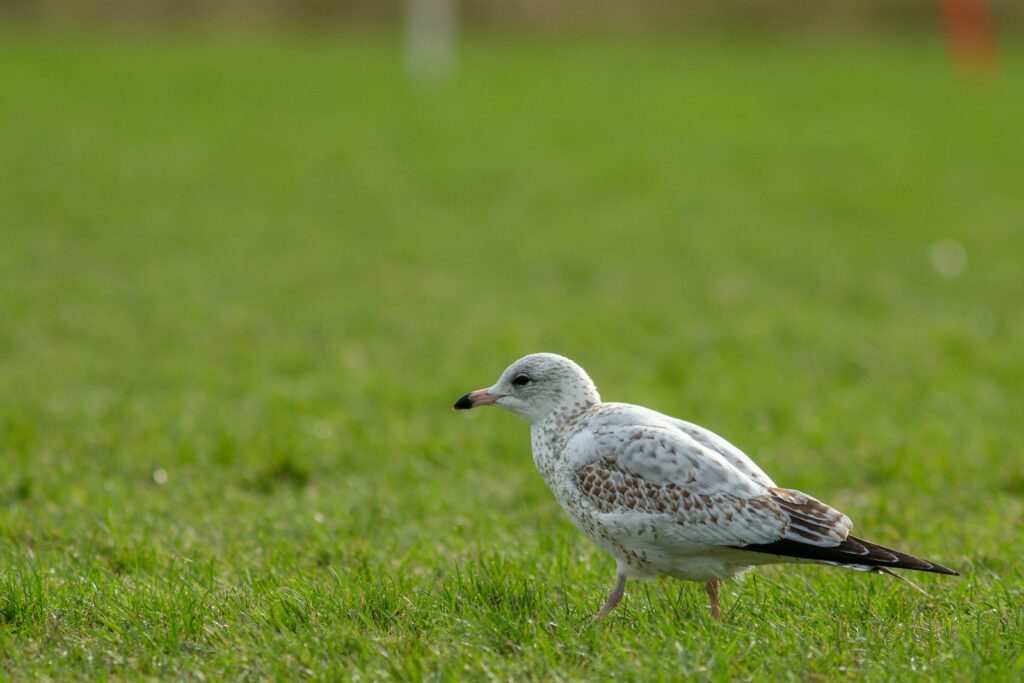
The sense of smell provides another surprisingly important navigation tool for certain juvenile bird species, particularly seabirds like petrels and shearwaters. Recent research has revealed that these oceanic travelers create detailed olfactory maps of their environment by detecting airborne compounds that vary predictably across ocean regions. Young birds appear able to recognize the characteristic scents of productive feeding areas and use these olfactory signatures to navigate to distant foraging grounds they’ve never visited. For pelagic seabirds that must locate tiny islands for breeding across vast oceanic expanses, this sense becomes particularly crucial. Experiments blocking the olfactory abilities of certain seabird species have demonstrated significant navigation impairment, confirming that these scent-based maps complement their other navigation systems.
Acoustic Navigation Cues
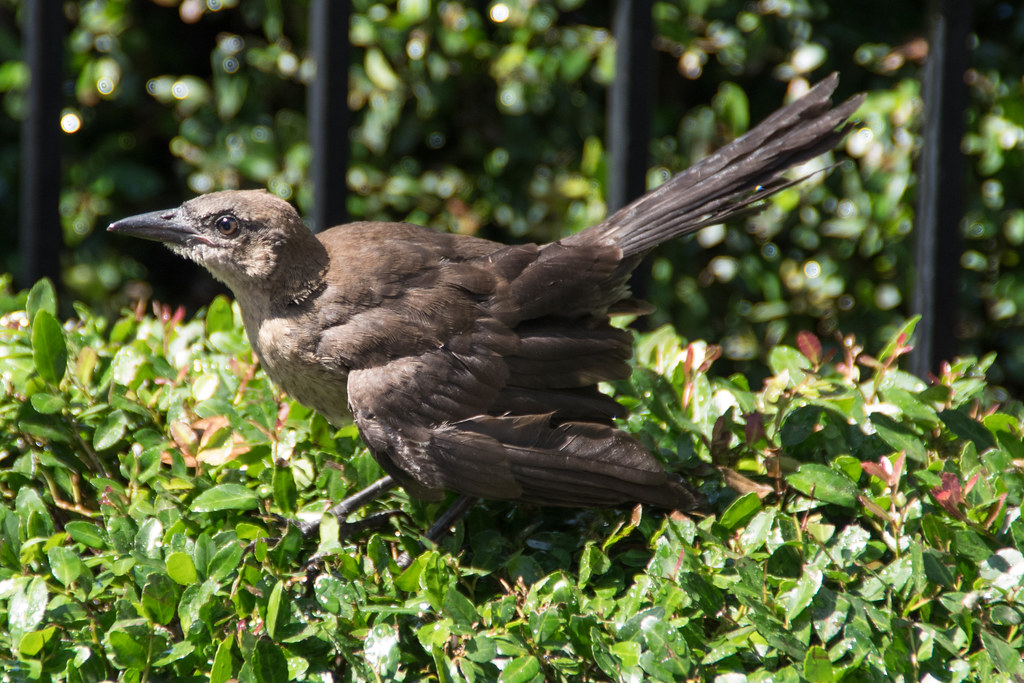
Sound provides another navigation dimension for juvenile birds making their first independent journeys. Many young birds can detect infrasound – very low-frequency sound waves that travel hundreds of miles through the atmosphere. These infrasound waves are generated by ocean waves hitting coastlines, wind patterns around mountain ranges, and other geographic features, creating acoustic signatures that remain stable over time. Research indicates that juvenile birds can use these infrasound cues as acoustic landmarks to maintain proper orientation, particularly when visual or celestial cues are unavailable. Some migratory species even appear capable of detecting the distinctive sounds of distant storm systems, allowing them to avoid dangerous weather patterns during their journeys. This acoustic navigation ability requires no learning or experience, as the hardware for detecting these sounds is fully developed before their first migration begins.
Calibration Period Before Migration
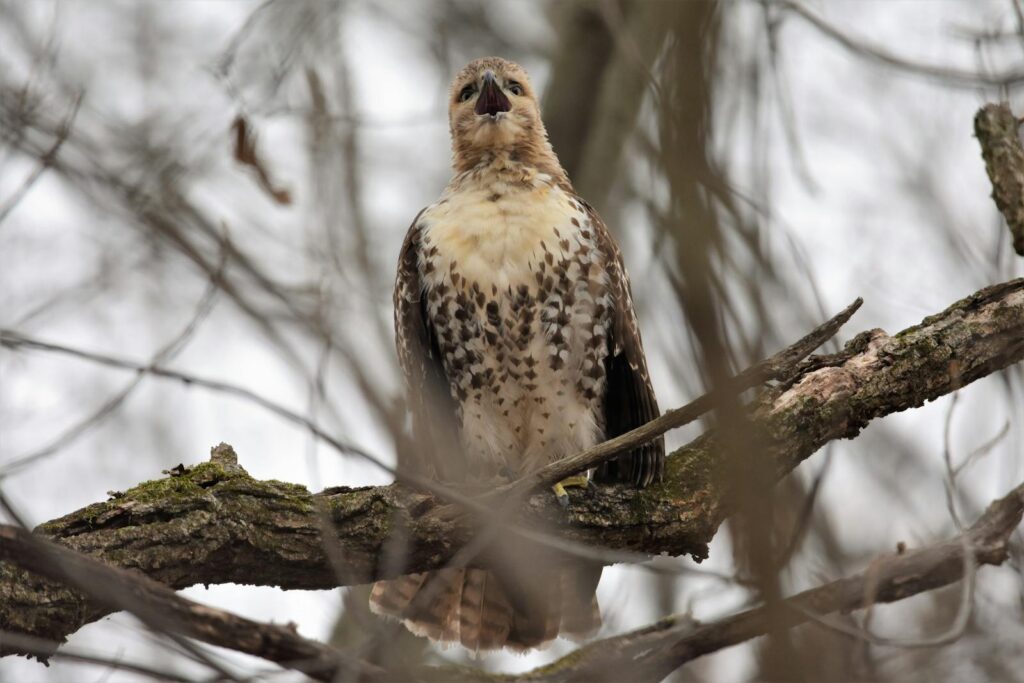
Before undertaking their first journey, juvenile birds undergo a critical calibration period that helps align their various navigation systems. Young birds spend time exploring the vicinity around their natal areas, taking short practice flights that allow them to correlate their magnetic compass with celestial cues and landscape features. This calibration process is particularly evident in species like homing pigeons, where adolescent birds make increasingly wide circles around their home loft before attempting any significant journey. Research tracking juvenile birds during this pre-migration period reveals that they often revisit the same practice routes repeatedly, suggesting they’re creating detailed spatial memories of their surroundings. This calibration period appears essential for successful migration, as birds prevented from this exploration phase show significantly more navigation errors during subsequent migration attempts.
Navigation Differences Across Species
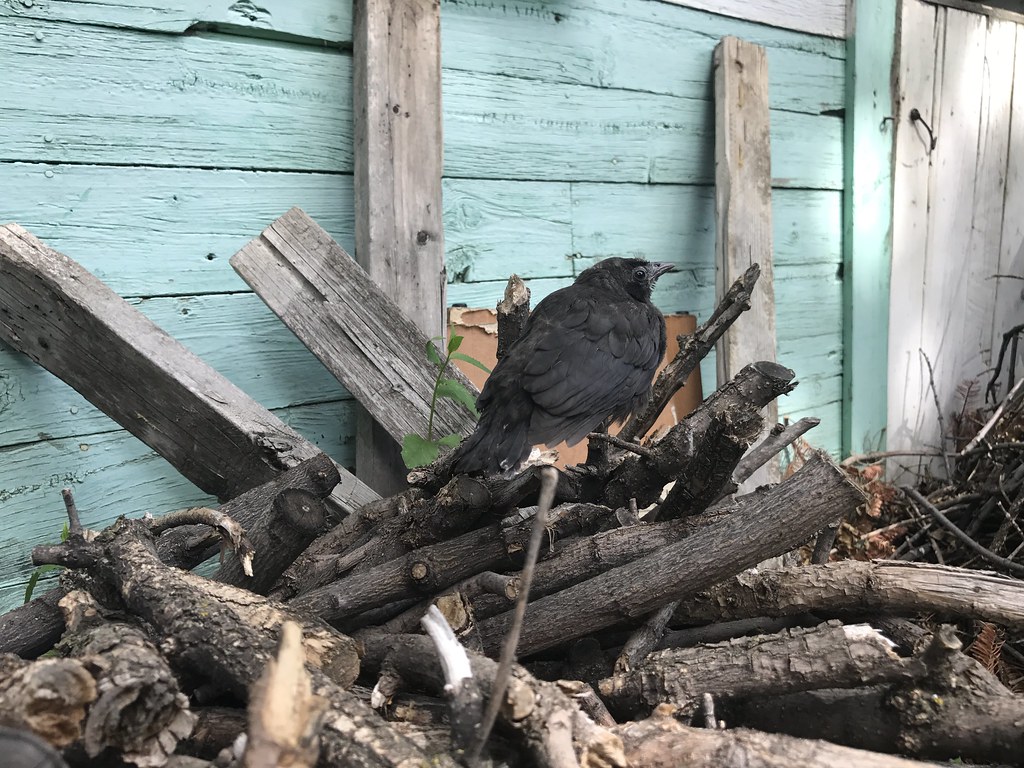
The navigation abilities of juvenile birds vary dramatically between species, reflecting their differing ecological needs and migration challenges. Long-distance migrants like Arctic Terns, which travel from pole to pole, possess extraordinarily precise navigation systems that function from their very first migration. These birds typically rely more heavily on genetic programming and celestial/magnetic guidance than short-distance migrants. By contrast, species with shorter migrations often employ more flexible navigation strategies incorporating greater learning and landscape-based orientation. Some species, like certain populations of European Blackcaps, have even adapted their navigation systems within just a few decades to accommodate new migration routes to artificially heated urban areas instead of traditional African wintering grounds. This rapid adaptation demonstrates the remarkable plasticity present even within seemingly hardwired navigation systems.
Navigation Challenges and Error Correction
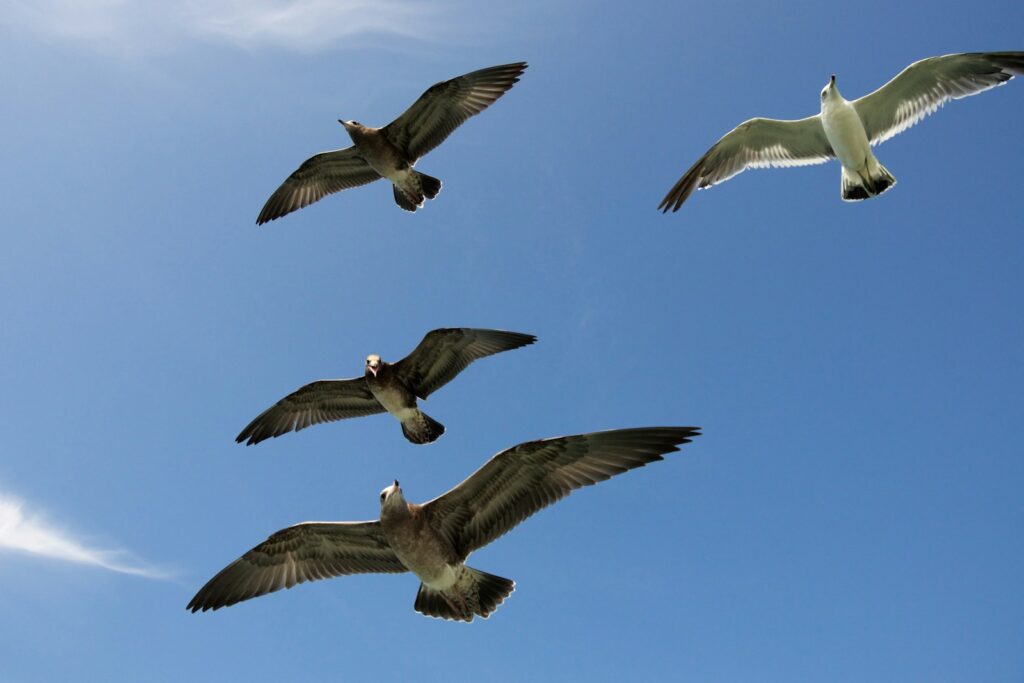
Despite their impressive navigation toolbox, juvenile birds making their first migrations inevitably encounter challenges requiring adaptive responses. Wind drift represents one of the most common problems, as inexperienced birds can be blown off course by strong crosswinds. Research tracking juvenile migrants reveals they possess remarkable compensation abilities, correcting their course after detecting displacement through their various navigation senses. Young birds often exhibit broader migration corridors than adults of the same species, suggesting a wider margin of error in their navigation systems that allows for occasional mistakes. When severely disoriented, juvenile birds typically resort to their most basic genetic compass direction until they encounter recognizable landmarks or can recalibrate using celestial cues. This redundancy in navigation systems provides crucial backup options when primary navigation methods are compromised by environmental conditions.
Refining Navigation Through Experience
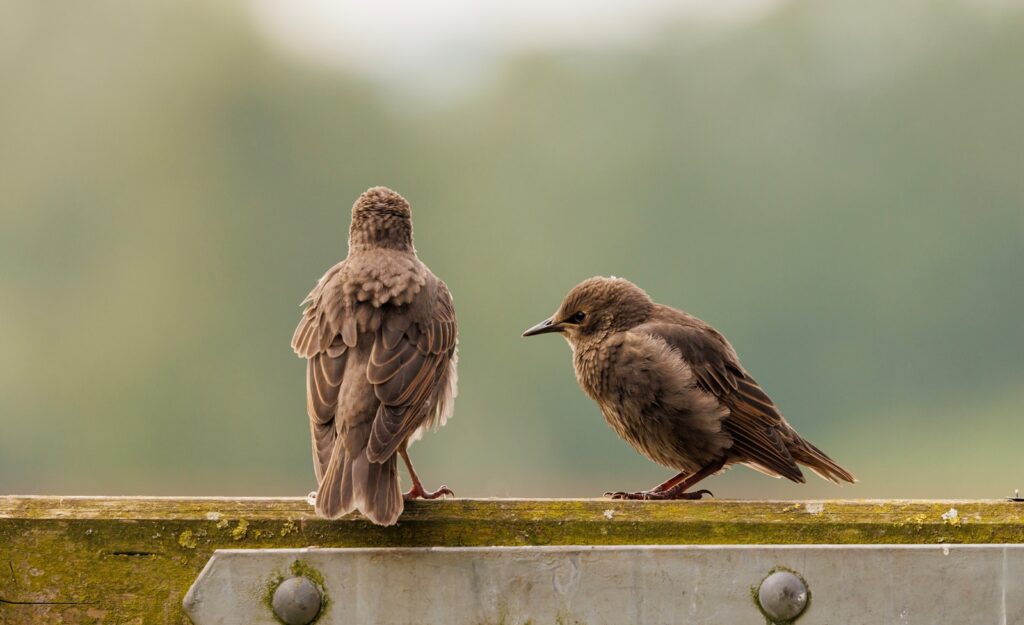
While juvenile birds possess remarkable innate navigation abilities, they still refine these skills through experience during their first migrations. Tracking studies comparing first-year and adult migrants consistently show that young birds typically take longer, less direct routes than experienced adults of the same species. With each migration cycle, birds develop more efficient routes that better exploit favorable winds, avoid geographical barriers, and connect optimal stopover sites. This learning process continues throughout a bird’s life, with navigation becoming increasingly precise and efficient with age. Some long-lived species like albatrosses show dramatic improvements in navigation efficiency between their juvenile and adult years, ultimately developing highly individualized migration routes optimized through decades of experience. This balance between innate programming and experiential refinement allows birds to maintain successful migrations even as environmental conditions gradually change.
Human Threats to Juvenile Bird Navigation
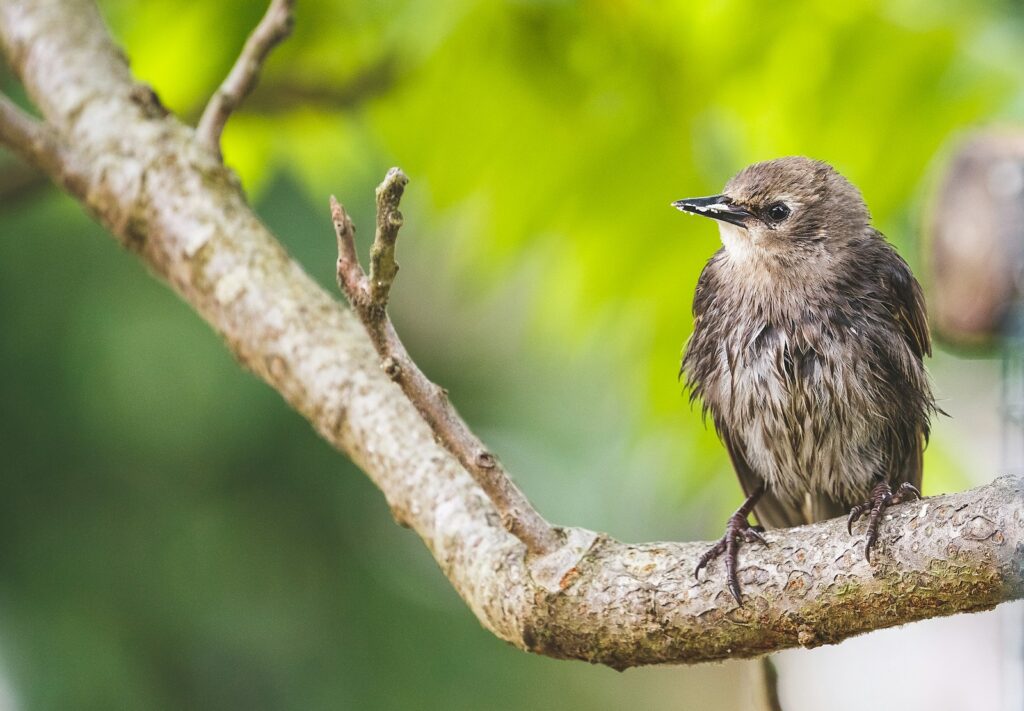
The sophisticated navigation systems of juvenile birds face unprecedented challenges from human activities that interfere with their sensing abilities. Light pollution from cities and infrastructure creates artificial skyglow that can obscure the star patterns critical for celestial navigation, particularly impacting nocturnal migrants making their first journeys. Radio frequency noise from communication systems may interfere with birds’ ability to detect subtle variations in Earth’s magnetic field, while tall illuminated structures like communication towers and skyscrapers can disorient young birds navigating at night. Climate change presents another significant challenge, as shifting weather patterns alter traditional migration cues, potentially creating mismatches between genetically programmed departure times and optimal environmental conditions. Conservation efforts increasingly recognize the importance of protecting not just birds’ physical habitats but also their navigation environment – the sensory landscape they rely on for successful migration.
Lessons for Human Navigation Technology
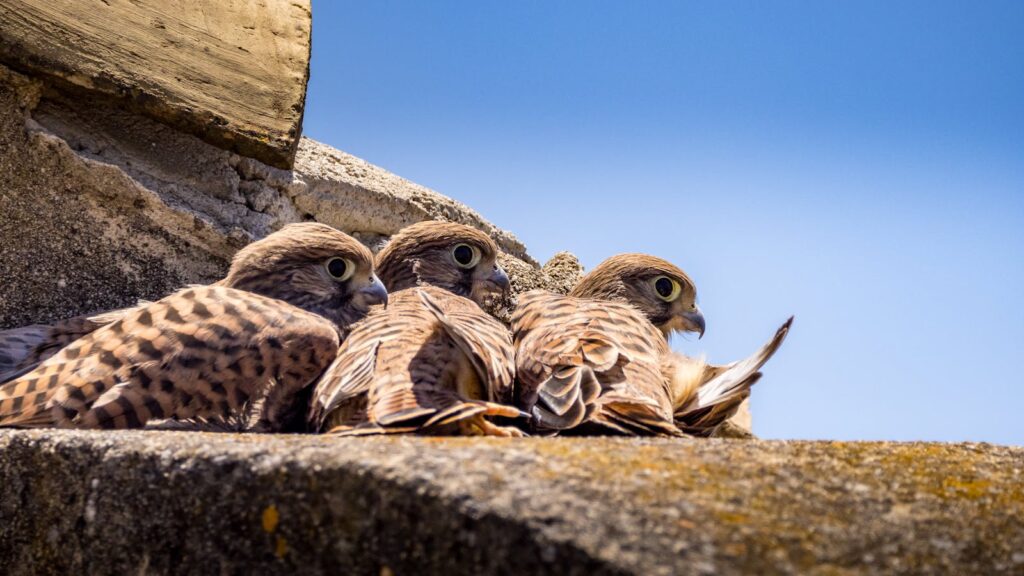
The remarkable navigation abilities of juvenile birds continue to inspire advancements in human navigation technology. Engineers studying how these inexperienced navigators achieve such precision with minimal energy expenditure are developing new algorithms for autonomous drones and vehicles that mimic birds’ multi-sensory integration approaches. Unlike most human-designed navigation systems that rely primarily on GPS, birds’ redundant navigation methods provide reliable positioning even when individual sensors are compromised or environmental conditions deteriorate. The weight and energy efficiency of avian navigation systems – accomplishing intercontinental precision with a brain weighing just a few grams – offers valuable insights for developing more sustainable navigation technologies. Biomimetic research specifically examining juvenile birds’ error correction mechanisms has proven particularly valuable for creating navigation systems that gracefully handle unexpected disruptions without catastrophic failures.
The independent navigation capabilities of juvenile birds represent one of nature’s most remarkable achievements – complex problem-solving embedded within relatively simple neural systems. These young travelers, often weighing just a few ounces, successfully navigate journeys spanning continents and oceans using a sophisticated blend of genetic programming and sensory awareness. As research continues to unravel the mysteries of how these navigation systems function, we gain not only greater appreciation for these extraordinary creatures but also valuable insights applicable to our own navigation challenges. The next time you see a young bird making its way through the world, remember that within its tiny head lies navigation technology that still outperforms much of what human engineering has achieved after centuries of scientific advancement.
